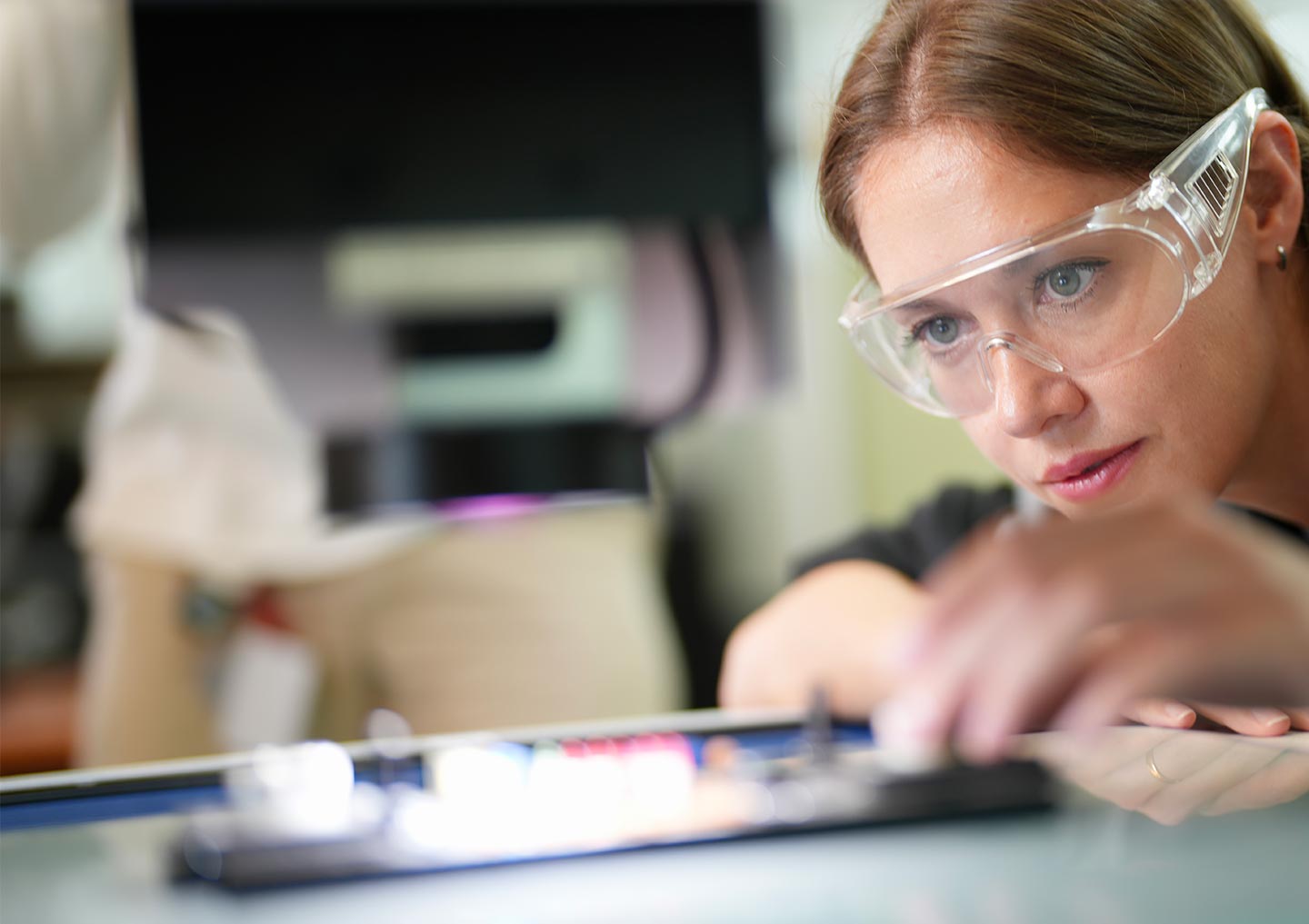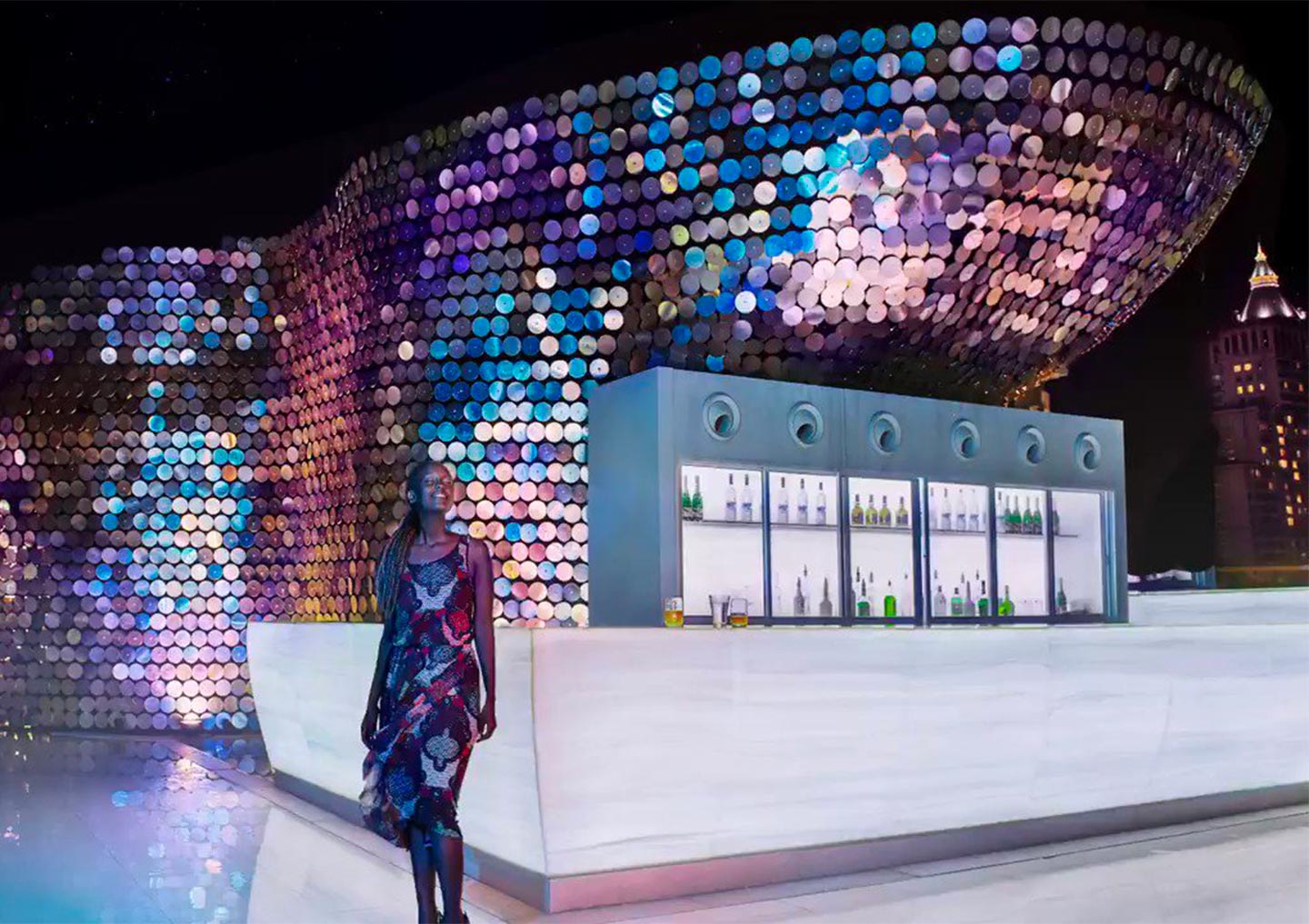


A fascinating, ancient art that is now becoming more and more innovative. New technologies, from lab-grown ingredients to sustainable extracting techniques and even Artificial Intelligence, are entirely rewriting the science of fragrance making.

New technologies and neuroscience are revolutionising the fragrance industry
What if fragrances were now asked to positively affect mental health? Neuroscientists and advanced AI technologies are here to help you practice mindfulness, concentration and even happiness
Perfumery has profoundly changed lately, shifting from a merely aesthetic-olfactory value to a ‘functional’ one. Today’s fragrances must relax, help concentrate, and make people feel good, reaching the crucial turning point of becoming much more than ‘simple’ perfumes.
The latest AI technologies help perfume companies in this mission, providing valuable indications on the formulas and the reference targets, but also by involving neuroscientists whose research shows how certain smells can influence the human brain.

The art of making perfume is shifting towards innovative mood-boosting fragrances, especially after the long-lasting mental health effects of the pandemic on people
Moving in this direction, fragrance brands are implementing innovative technologies and production methods, especially after the long-lasting mental health effects of the pandemic on people.
Last year, one of the world’s largest perfume and taste companies, the Swiss firm Firmenich, launched an Artificial Intelligence program called Focus by Emoticode to create perfumes that claim to increase concentration. In this case, AI allows perfumers to analyse 1.9 million consumer responses to more than 34,000 fragrances to develop scents that trigger emotions associated with enhanced focus.
The fellow national Givaudan has also just debuted MoodScentz+, a line of fragrance combinations that promises benefits like relaxation and happiness.
What does sustainability in fragrance really mean? Research into new synthetic molecules will lead to increasingly green perfumery as a result of virtuous chemistry that safeguards natural resources
However, technology applied to the art of perfume will not only have beneficial effects on consumers but also on the planet. Research is also focusing on new synthetic molecules to arrive at an increasingly green perfumery, resulting from a virtuous chemistry that safeguards natural resources.

Research is also focusing on new synthetic molecules to arrive at an increasingly sustainable perfumery, resulting from a virtuous chemistry that safeguards natural resources
From this point of view, it is appropriate to say that, in the not-too-distant future, perfumes will be more and more natural, using fewer natural ingredients. Firmenich, for example, has worked on some very diffusive and persistent molecules, such as Ambrox, Clearwood and musk, obtained through innovative white biotechnology processes. White biotechnology is a branch of biotechnology that uses living cells from yeast, moulds, bacteria and plants and enzymes to synthesise easily degradable products, require less energy and create less waste during production. Firmenich has also developed more eco-sustainable ingredients, such as the SFE pink pepper, obtained by low-temperature extraction.
Why is the global fragrance ingredients market expected to reach 12.25 billion by 2027? Opportunities in Far East countries will pave the way for consumers with new olfactory habits
According to analysts, the global fragrance ingredients market size reached 8.46 billion dollars in 2021, with an impressive projection to reach 12.25 billion by 2027. Innovation in the fragrance industry across categories has opened the door for continued market growth.

New Far Eastern market opportunities will involve a reflection on the products: ingredients will no longer be just those of the Western tradition
But these innovative ingredients also result from the perfume industry opening to new markets, such as Far Eastern countries like China. New market opportunities will involve a reflection on the products. Ingredients will no longer be just those of the Western tradition, but – since perfumes are also linked to memory – they must be able to dialogue with a consumer accustomed to olfactory environments very different from ours.
While wondering whether it is possible to digitise smell, discover how the beauty industry is working on ground-breaking virtual olfactory experiences
Last but not least, another crucial aspect that companies will work on in the coming years will be how to digitise the perfume industry as part of the online experience. To partly bridge the gap, the Spanish luxury company Puig – which recently acquired a majority stake in Byredo – allowed consumers and retailers to search through thousands of fragrances based on descriptors like notes, colours and emotions using its Wikiparfums program. In February, partnered with Chinese e-commerce platform Tmall to create a scent visualiser tool powered by Wikiparfums, which shows shoppers on the e-commerce platform images of each perfume’s notes.

As part of its long term strategy to expand its capabilities in artificial intelligence (AI), Givaudan closed the acquisition of Myrissi
In November last year, Givaudan announced the acquisition of Myrissi, which uses AI to understand the impact of aromas on emotions through the medium of colour and draw from a database of more than 25,000 consumer responses, using colour to ascertain how a fragrance makes them feel.
That said, experts still agree that the human nose is still the most sensitive instrument, and it is clear that, even in this increasingly digital world, there is nothing like smelling something yet. Hence artificial intelligence will always need to be supported by real people with human brains and feelings.
Clementina Bianchi
Editor



